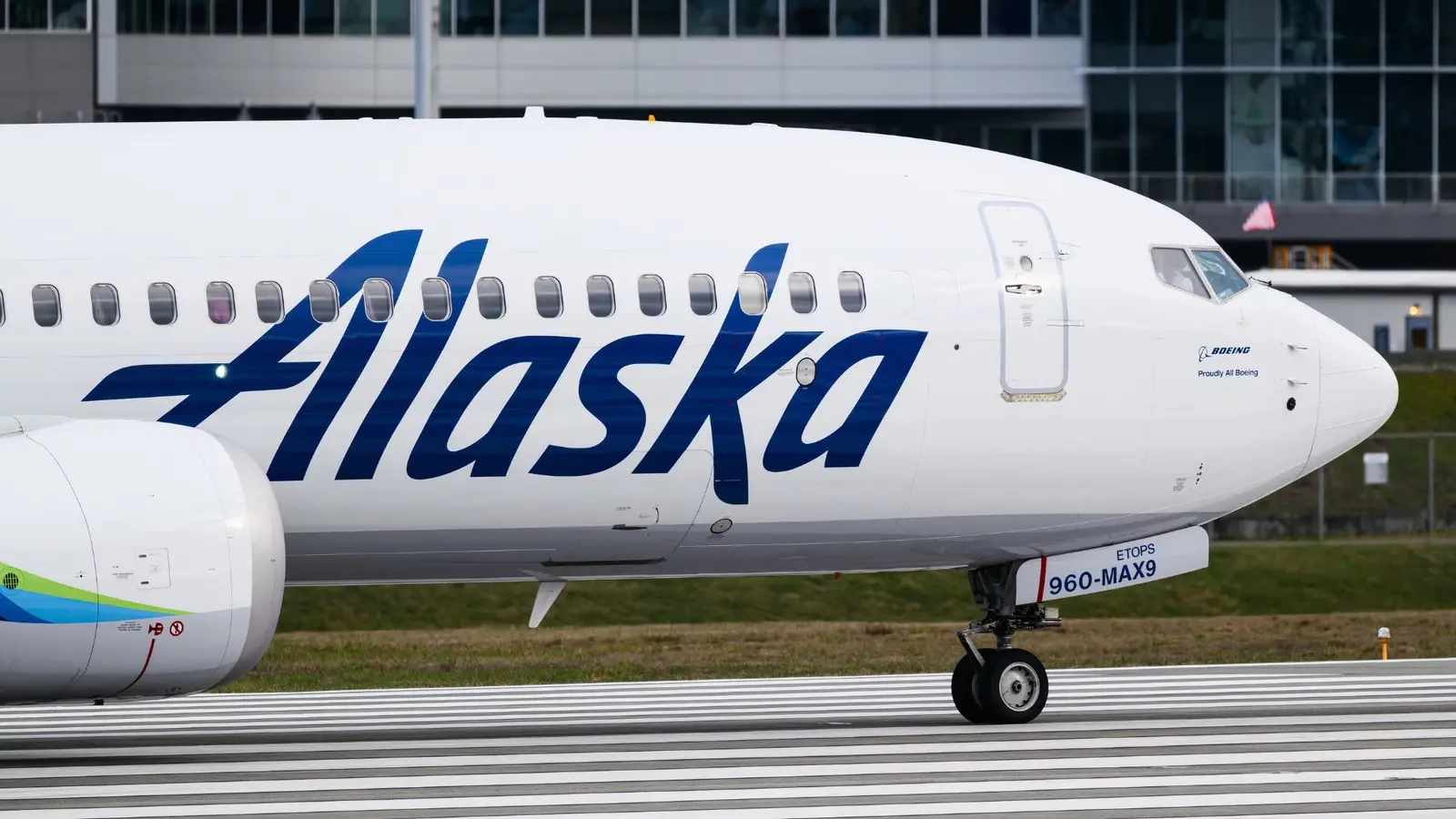
Alaska Airlines (NYSE: ALK) shares fell sharply during Monday trading following a guidance update from the carrier group. The stock fell around 6.7% throughout the day, after opening at a price of $63.50, with heavy trading volumes throughout the day. The airline’s management team communicated earlier in the day that, while unit revenue was tracking towards the upper end of the guidance range, costs would be pushing towards the higher end as well, with profitability likely falling towards the bottom of the company’s forecasts.
We see management’s update as guiding third-quarter earnings towards the end of the airline’s $1.00-$1.40 range. We identify fuel prices as the principal catalyst for this, with jet fuel prices rising to $2.50 per gallon amid West Coast refinery struggles. Extensive air traffic control-related delays and IT-related incidents are also elevating passenger compensation and crew overtime, another factor we identify as pushing Alaska’s profitability estimate downwards. Both of these factors contribute to the near-term deterioration of margins, although investor confidence has no reason to be shaken in the company’s medium-term vision.
A Disappointing Day For Investors
Earlier today, investors who had long positions on Alaska Airlines were dealt disappointing news as shares slid around 6.7%, with the company saying that its summer-quarter profit will likely come in at the lower end of its target range. The company’s busiest quarter of the year is typically the third quarter, as it includes the peak summer travel season. As a result, investors pay especially close attention to company performance during these months. It is fairly clear, according to Reuters, that increased costs are the principal reasons for this.
Jet fuel prices are the principal culprit. Costs on the West Coast have only continued to rise following refinery outages. On top of this, bad weather and extensive air traffic control-related delays, alongside a computer outage that led to operational disruptions, have all contributed to higher costs. Sales only continue to improve, but those who are investing in the stock currently are likely more worried about costs than revenue generation.
What Do We Make Of Today’s Movements?
We see today’s market movements as a classic cost-driven de-rating. Investors shifted towards discounting third-quarter earnings towards the lower end of guidance while also adding some more uncertainty about whether these margins will carry into the fourth quarter. Demand-side measures remained strong, with revenue per available seat mile (RASM) leaning towards the higher end of guidance.
This rerating signals lower investor confidence in the airline’s ability to generate free cash flow in the short term, and instead, IT disruption and air traffic control struggles are seen as a bigger short-term catalyst. We anticipate that the airline group will continue to trade on cost prints and that reliability metrics will matter more for investors than top-line commentary.
Offsetting West Coast fuel price increases leaves a relatively strong performance, with exogenous factors mostly driving the airline’s adjusted forecasts. Operational execution and fuel normalization will be key catalysts for the airline’s improved stock performance in the short term.
How Does This Impact Alaska Airlines Long-Term?
Most major industry analysts have rated Alaska Airlines as a strong buy, citing the potential for strong post-merger revenue and margin growth. Despite undoubtedly being underwhelming, there is little we have seen from Alaska Airlines today that would lead us to believe these views should change.
The reason for today’s rapid rerating is undoubtedly a series of short-term catalysts that appear to be increasing the airline’s cost footprint in the near term. Fuel prices and operational disruptions are mostly out of Alaska’s control, and we don’t see them as indicative of any major shift in long-term performance.
If anything, there were actually some strong signs in Alaska’s guidance revision today which we believe are positive indicators for the company. Specifically, its ability to generate strong revenues with an increasingly large premium mix bodes well, and it is a pathway which lead to continued financial success for airlines like Delta and United.



